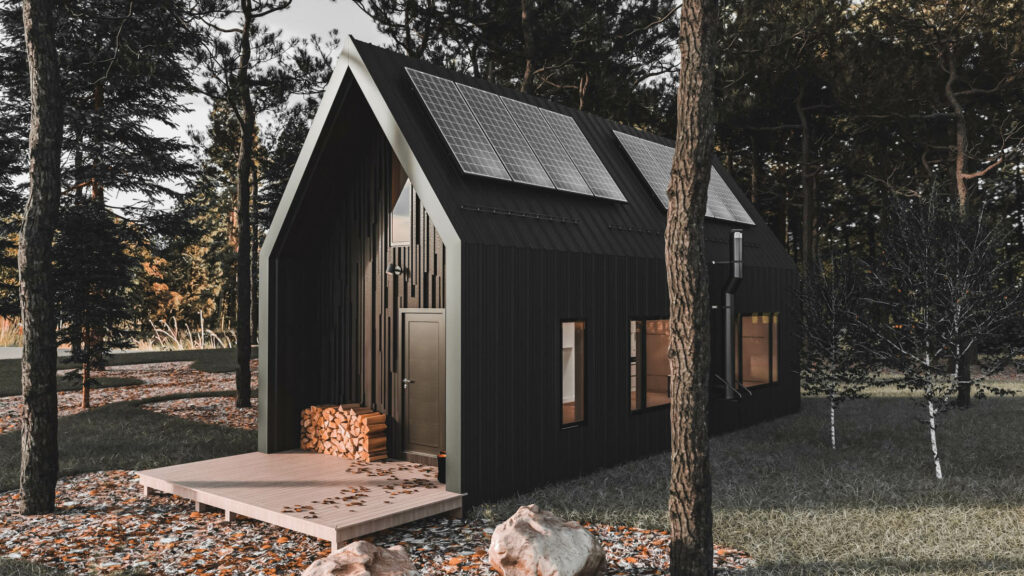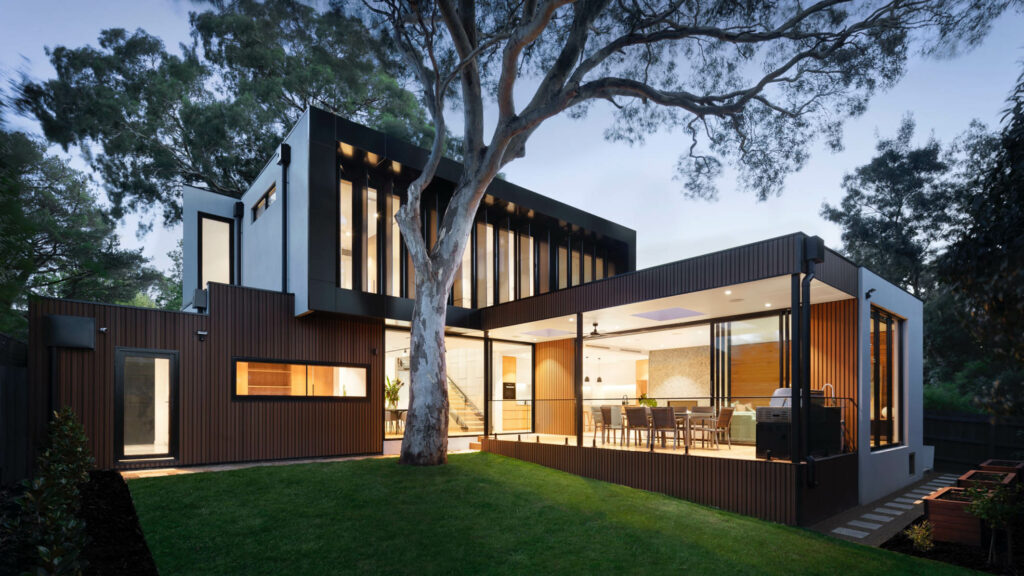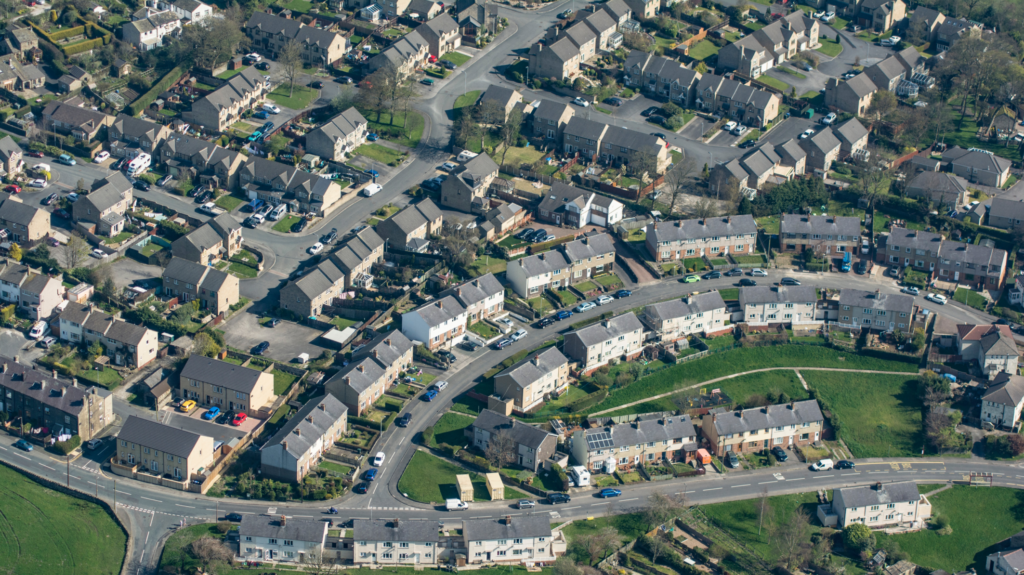Assets
As we enter a new era in real estate investing, we have identified an exciting and underserved asset class with the potential for tremendous returns: Affordable housing, Tiny houses, Pocket Neighborhoods, Sustainable Prefab Houses, Section 8 and redevelopment in abandoned properties within the urban core.
Investing in Tiny Homes, Pocket Neighborhoods, Affordable Housing, Section 8, and eco-friendly homes varies based on location and type, but the demand for affordable housing is significant, with millions in need. The global market for tiny homes is expected to grow at a CAGR of 6.2%, and the green building market is expected to grow at a CAGR of 11.7%. Investing in affordable housing can provide stable rental income and reduce homelessness, benefiting local communities and the economy.
The tiny home market is growing, especially in the US, with increasing popularity and potential for cash returns of 5% to 15%.
Demand for prefab homes is rising due to growing awareness about the environmental impact
Affordable housing involves developing or rehabilitating properties to provide affordable housing
Pocket neighborhoods offer investors an opportunity to tap into the growing demand for sustainable communities
Investing in Section 8 housing not only generates a steady income but also provides affordable housing

The market size for investing in Tiny Homes, Pocket Neighborhoods, Affordable Housing, Section 8, and eco-friendly homes can vary depending on the location and the specific type of investment. However, the demand for affordable housing is significant, with millions of low-income families, elderly individuals, and people with disabilities in need of safe and affordable housing. According to the report by the National Low Income Housing Coalition 2023, there is a scarcity of 7.3 million affordable and accessible rental homes on a national level for individuals with extremely low income, defined as those with incomes at or below the federal poverty line or 30% of the area median income (whichever is higher).
The market for Tiny Homes and Pocket Neighborhoods has been growing in popularity in recent years as a more affordable and sustainable housing option. According to a report by Grand View Research, the global tiny homes market size was valued at USD 2.8 billion in 2020 and is expected to grow at a compound annual growth rate (CAGR) of 6.2% from 2021 to 2028.
Investing in eco-friendly homes and affordable housing can also have a positive impact on the environment and the economy. The global green building market size was valued at USD 260.1 billion in 2019 and is expected to grow at a CAGR of 11.7% from 2020 to 2027, according to a report by Grand View Research. Additionally, investing in affordable housing can provide stable rental income and help to reduce homelessness, which can have a positive impact on local communities and the economy.
In Common
There are several commonalities between these real estate asset classes:
- Affordability: All of these asset classes focus on providing affordable housing options for individuals and families who may not be able to afford traditional housing options.
- Sustainability: Eco-friendly real estate, tiny homes, and pocket neighborhoods all prioritize sustainability in their design and construction, incorporating features like solar panels, green roofs, and energy-efficient appliances.
- Community: Pocket neighborhoods and affordable housing developments are designed with a focus on community, creating shared spaces and amenities to promote a sense of belonging and connection among residents.
- Government Programs: Section 8 housing is subsidized by the government, and many affordable housing developments also rely on government funding or tax incentives to make their projects financially viable.
- Innovation: Tiny homes and pocket neighborhoods represent a relatively new and innovative approach to housing design and development, challenging traditional models and offering new solutions to housing affordability and sustainability challenges.




